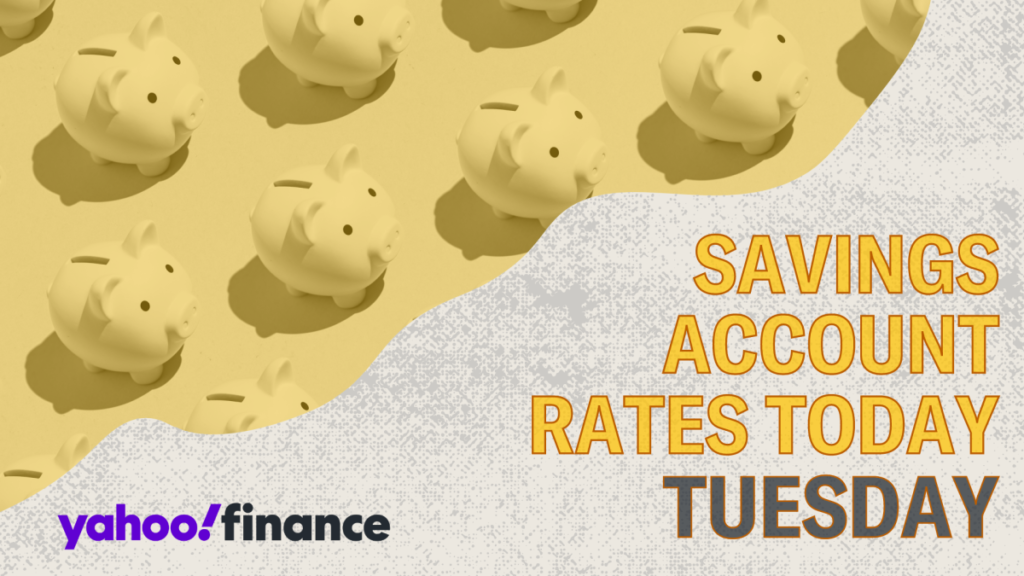In September 2023, the Federal Reserve made the decision to reduce its target interest rate, which has significant implications for savings accounts across the country. High-yield savings accounts, which previously offered attractive annual percentage yields (APY) of around 5%, are now beginning to see a decline in rates following this Fed action. To ensure you are getting the most from your savings, it is crucial to research and compare available options to identify competitive interest rates that will maximize your earnings. For savers looking to navigate the current landscape, understanding where the best rates can be found is essential.
Currently, traditional savings accounts average a mere 0.43% APY, according to the Federal Deposit Insurance Corporation (FDIC). However, high-yield savings accounts stand in stark contrast, with rates typically ranging between 4.5% and 5% APY or even higher. These favorable rates are predominantly available through online banks, although some credit unions and community banks also offer competitive rates. For instance, Everbank is presently offering an attractive rate of 4.75% APY with no minimum opening deposit, illustrating the opportunities available for those willing to shop around.
The fluctuations in savings account interest rates over the past decade have been quite pronounced. The period from 2010 to about 2015 was characterized by historically low rates, lingering at approximately 0.06% to 0.10%. This drastic reduction was primarily a consequence of the 2008 financial crisis, which prompted the Federal Reserve to lower the target interest rate to near-zero to spur economic recovery. Following a gradual rise in rates from 2015 to 2018, the onset of the COVID-19 pandemic in 2020 ushered in another decline, as the Fed again cut rates to stimulate the economy. By mid-2021, average savings interest rates had plummeted to unprecedented lows of around 0.05% to 0.06%. The subsequent recovery seen in rates was largely fueled by the Fed’s hikes in response to escalating inflation.
Despite the recovery of savings account interest rates since 2021, the current average rate remains relatively low, particularly when compared with potential returns from market investments. For individuals saving for long-term goals, such as funding a child’s education or preparing for retirement, traditional savings accounts may fall short in delivering the necessary returns. Conversely, for those saving for short-term goals—like building an emergency fund, purchasing a home, or planning a vacation—high-yield savings accounts present a favorable option, offering ready access to funds while still delivering competitive returns.
Exploring other deposit account options reveals that money market accounts and certificates of deposit (CDs) may offer similar or even superior rates compared to high-yield savings accounts. While these alternatives often restrict the frequency of withdrawals, they can still be worthwhile for savers seeking higher yields. Ultimately, the key to optimizing savings lies in diligently researching and finding an account that provides a competitive interest rate while imposing minimal fees, thus ensuring that savers can reap the maximum benefit from their deposits.
In conclusion, the recent actions by the Federal Reserve and the current economic environment underscore the importance of staying informed about savings interest rates. While high-yield savings accounts previously allowed savers to enjoy relatively high yields, the Fed’s rate cuts signal a shift that could lower those returns. For individuals actively seeking to grow their savings, it is essential to compare options across institutions, consider alternative account types, and remain aware of broader market trends, ensuring that they secure the best possible rates for their financial goals. With diligent research and strategic planning, savers can effectively navigate the evolving landscape of savings interest rates.

